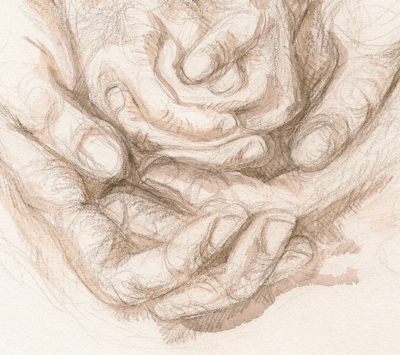The Science of Compassionate Love: Research, Theory, and Applications. Fehr. B. Sprecher, S, Underwood, LG, eds. Oxford England, Malden Mass: Wiley-Blackwell. 2009.
Altruism and Altruistic Love: Science, Philosophy, and Religion in Dialogue Post, SG, Underwood, LG, Schloss, JP, Hurlbut, WB, eds., Oxford University Press, 2002.
Articles/Chapters:
“Interviews with Trappist Monks as a Contribution to Research Methodology in the Investigation of Compassionate Love.” Underwood LG Journal for the Theory of Social Behavior, 35:3 (September, 2005), 285-302.
“Altruistic Love – Compassionate Love”. Underwood, L. In Harry T. Reis & Susan Sprecher (Eds.), Encyclopedia of Human Relationships. Thousand Oaks, CA: Sage. (2009)
“Chapter 1: Compassionate love: A framework for research” Underwood, Lynn G. in Fehr, Sprecher and Underwood The Science of Compassionate Love: Theory Research and Applications, Blackwell. Wiley- Blackwell. Malden Massachusetts, Oxford, England 2009.
“Giving of Self for the Good of the Other: Science Research on Compassionate Love and Spirituality” Underwood, Lynn G. in The Love that Does Justice, Edwards, Michael and Post Stephen (eds), Cleveland, Ohio 2008, p 133-138.
“Compassionate Love,” in Post, Stephen G. ed. 2004. Encyclopedia of Bioethics, 3rd edition. New York: Macmillan Reference USA, 483-488.
“The Human Experience of Compassionate Love: Conceptual Mapping and Data from Selected Studies”, in Post, SG, Underwood, LG, Schloss, JP, Hurlbut, WB, eds. Altruism and Altruistic Love: Science, Philosophy, and Religion in Dialogue, 2002. New York City: Oxford University Press. 72-88.
“Concluding Summary and Future Research Needs on Altruism and Altruistic Love,” with Post, SG in ibid. 3-12, 379-386.
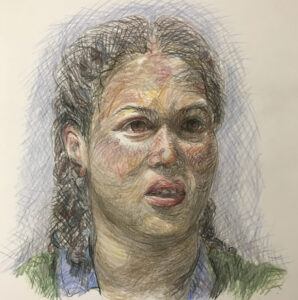
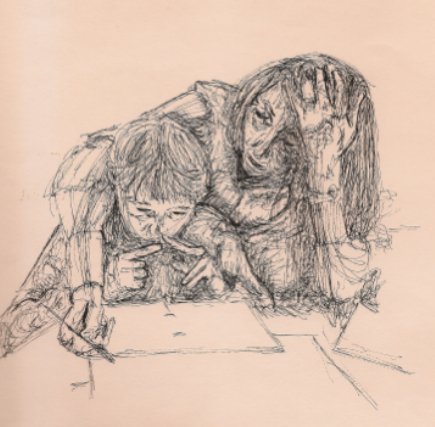
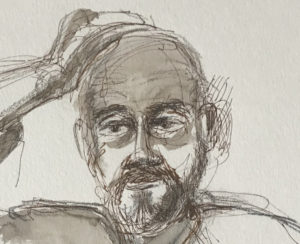
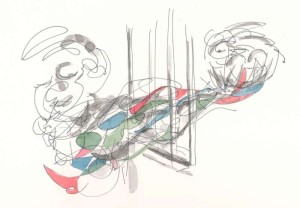

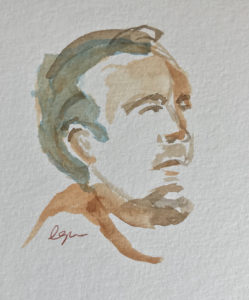
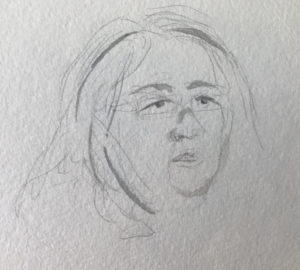
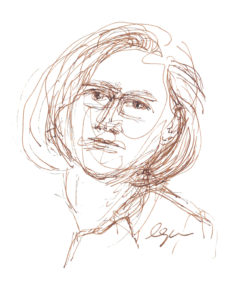
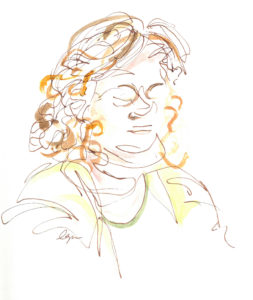 I have been part of a group of scholars these past few months, discussing suffering from the perspectives of literature, philosophy, theology and psychology. During our weekly conversations I have found that drawing people in the group, as always, helps me to focus. Although ideas are so often the center of academic discussions, it is the human beings that speak to me. Each person has a depth of being, a fullness of life, that I want to capture somehow. Doing this brings me to appreciate them more.
I have been part of a group of scholars these past few months, discussing suffering from the perspectives of literature, philosophy, theology and psychology. During our weekly conversations I have found that drawing people in the group, as always, helps me to focus. Although ideas are so often the center of academic discussions, it is the human beings that speak to me. Each person has a depth of being, a fullness of life, that I want to capture somehow. Doing this brings me to appreciate them more.
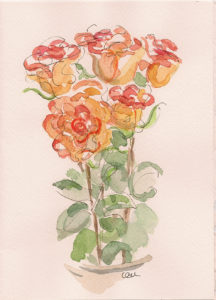
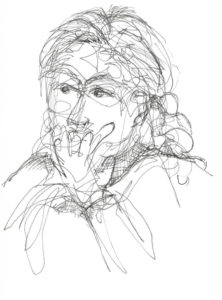 My continuing passion is to part a curtain, that invisible veil of indifference that falls between us and that blinds us to each other’s presence, each other’s wonder, each other’s human plight.
My continuing passion is to part a curtain, that invisible veil of indifference that falls between us and that blinds us to each other’s presence, each other’s wonder, each other’s human plight.
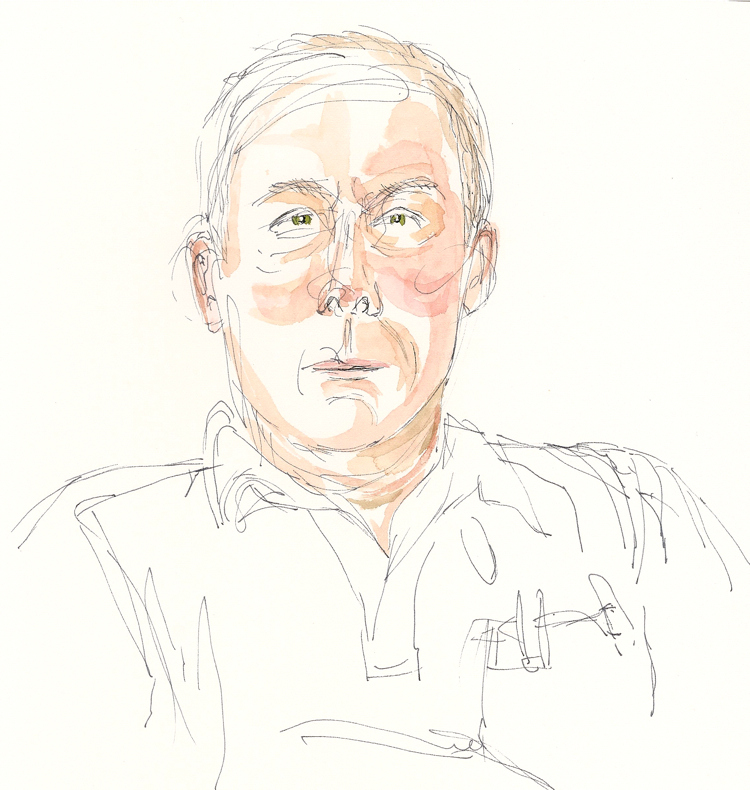
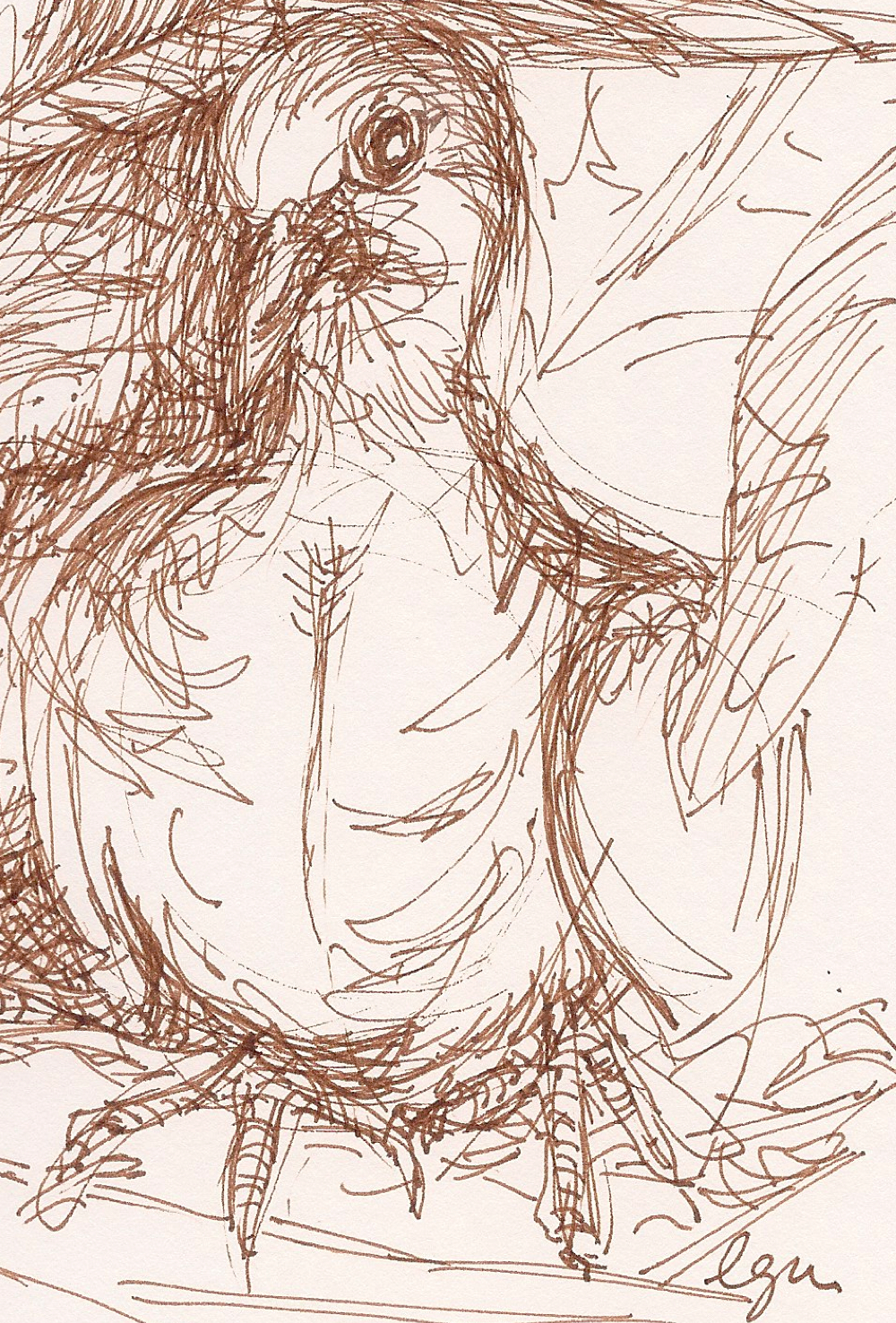
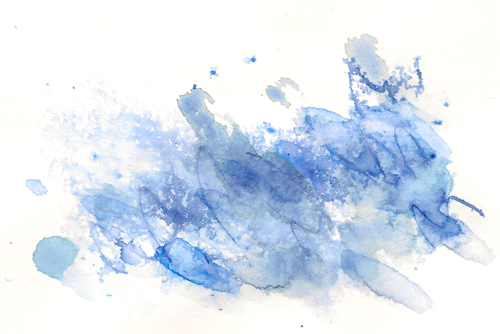
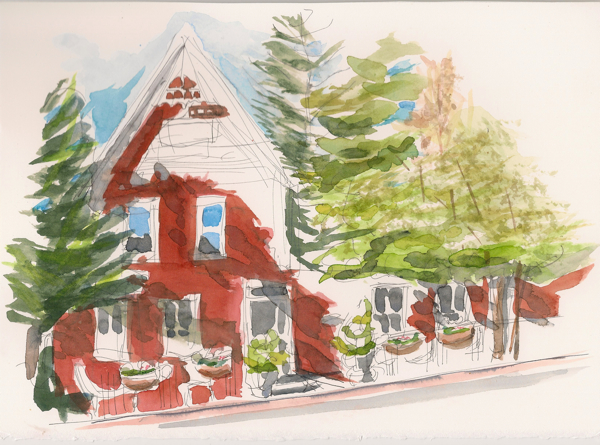
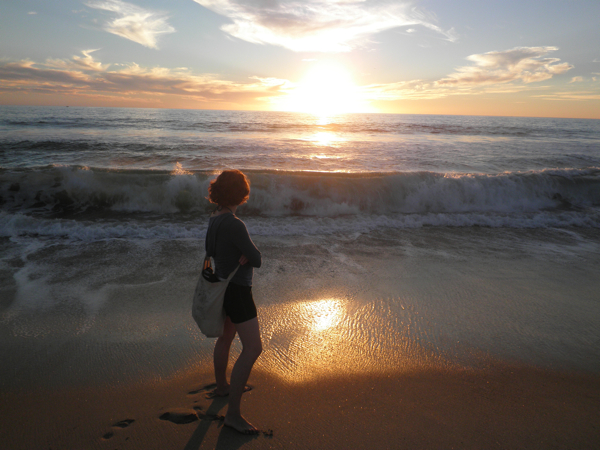
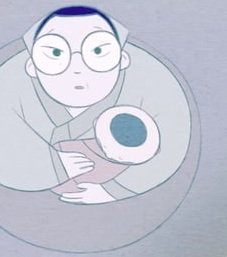

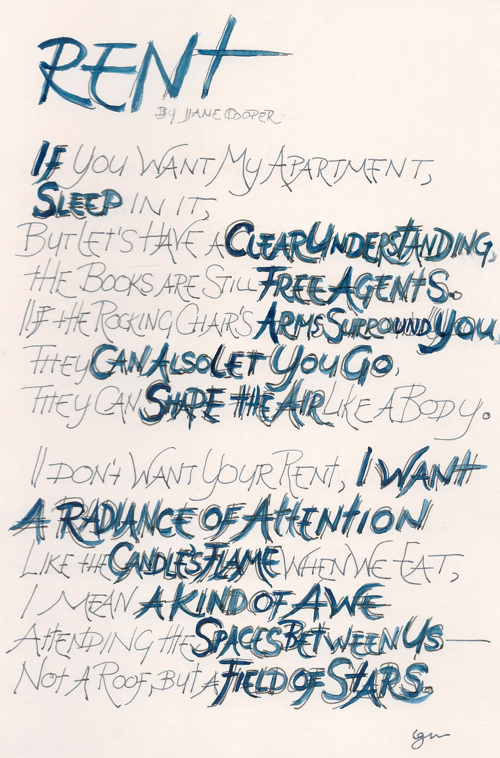
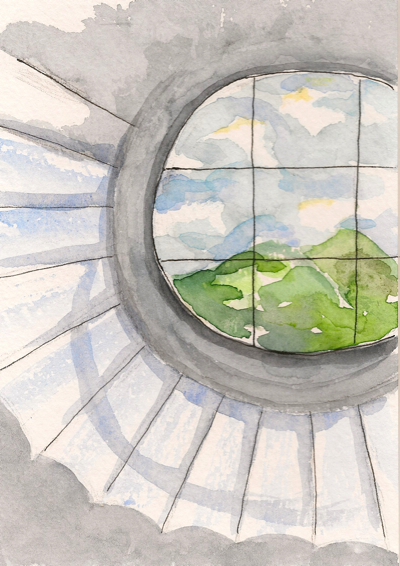
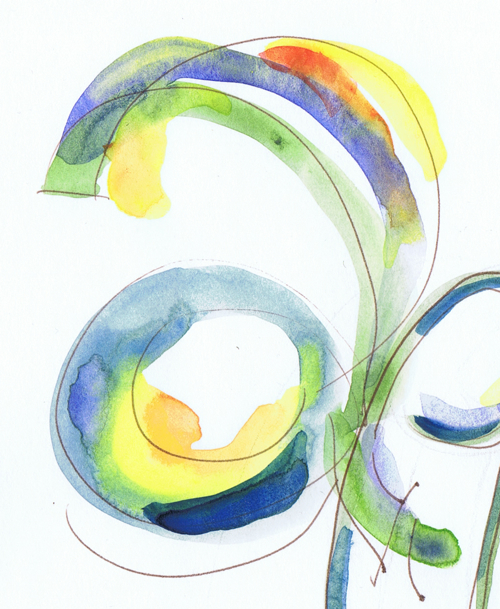
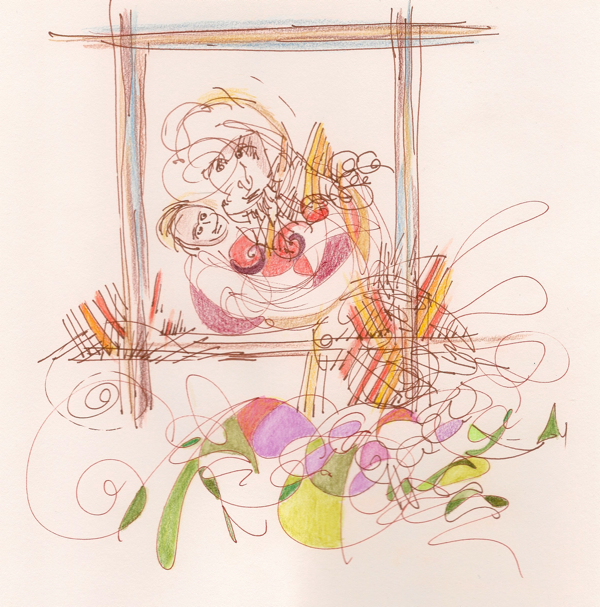
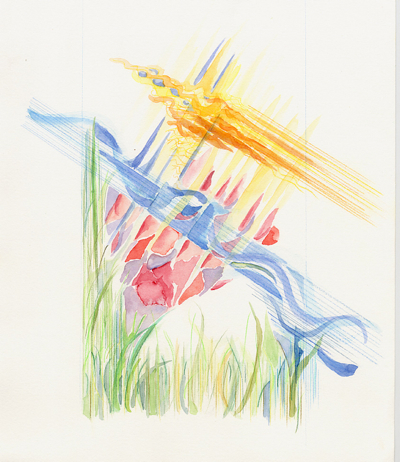
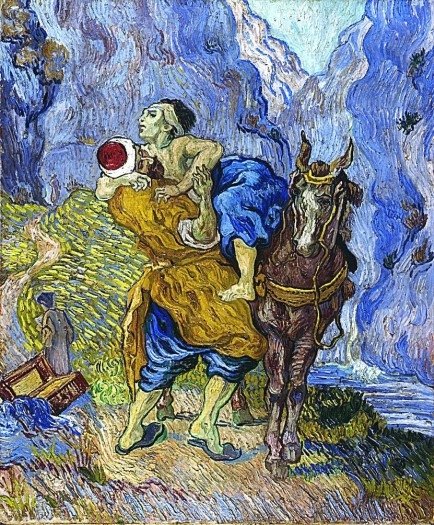
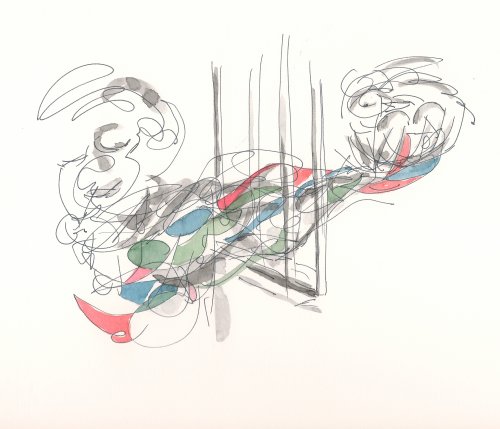
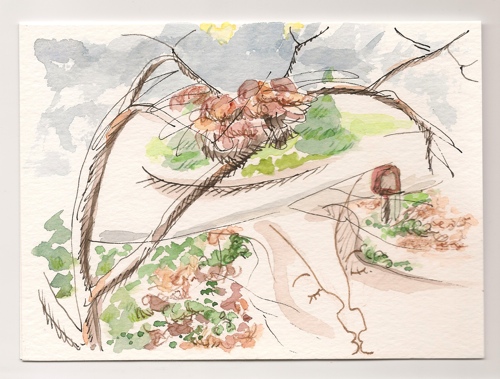
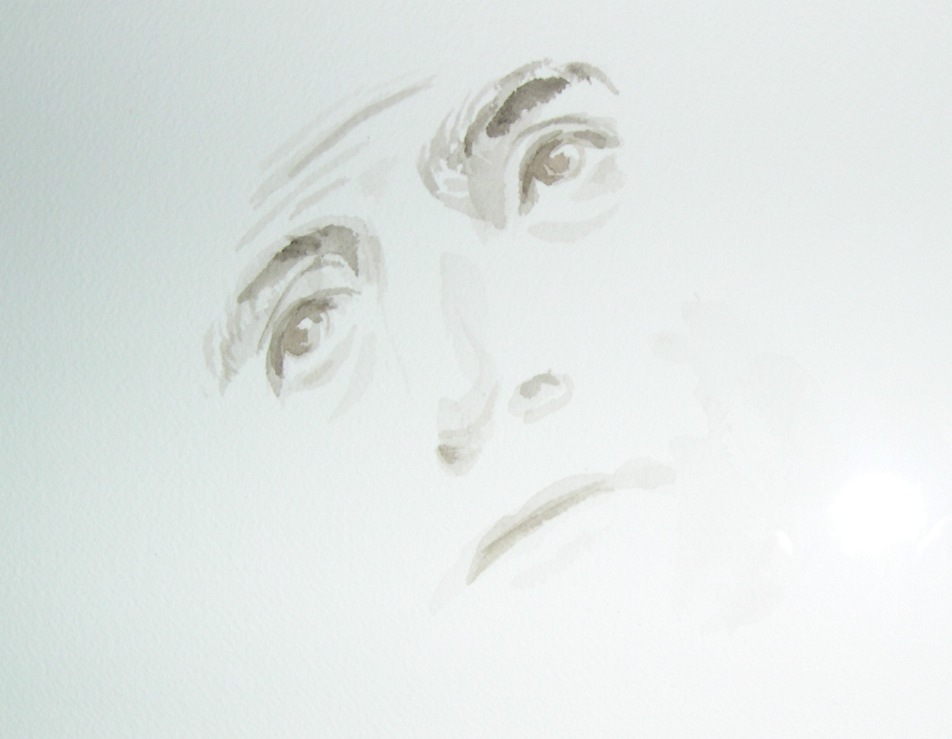
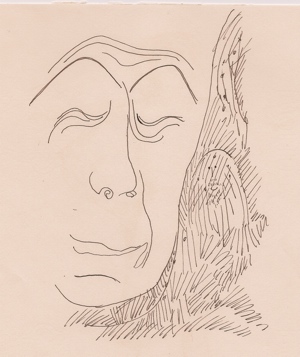
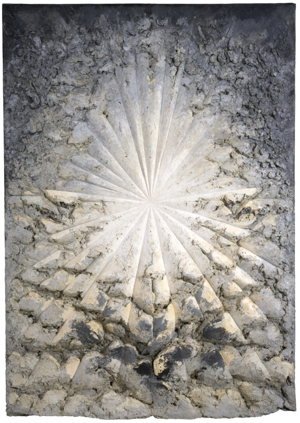
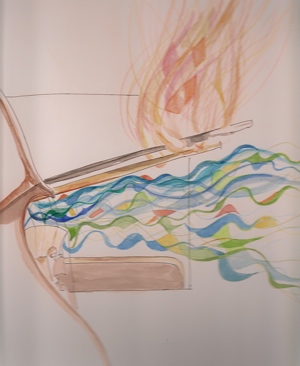
 Jean Vanier inspires me. He started the L’Arche communities. They bring people who are marginalized and restless from lack of community and care, together with those who learn to care for them. They especially create small caring communities for those who have developmental disabilities.
Jean Vanier inspires me. He started the L’Arche communities. They bring people who are marginalized and restless from lack of community and care, together with those who learn to care for them. They especially create small caring communities for those who have developmental disabilities.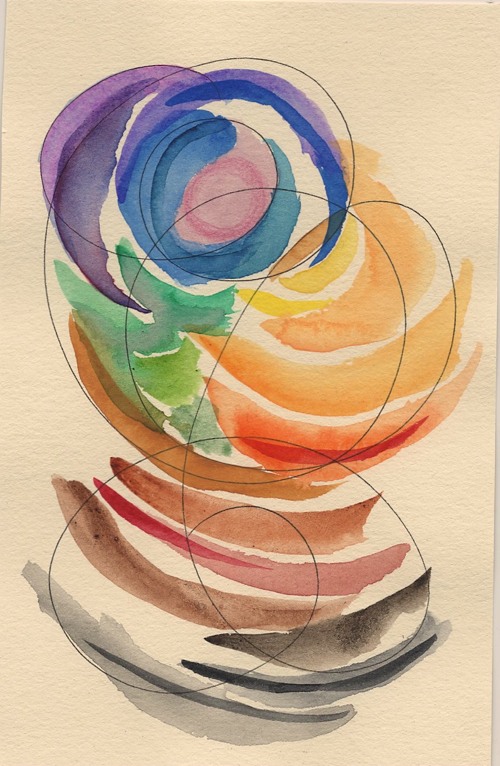
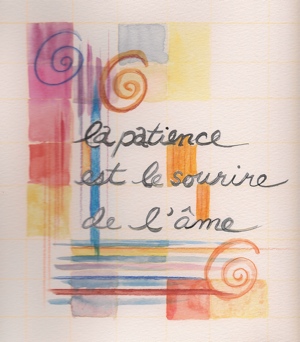 In the Yes theme chapter (8) in the Spiritual Connection book, one of the things I reflect on is how we need to receptively allow life to unfold. In many ways, I think of myself as a patient person, but when I carefully look at my attitudes, I see impatience with myself in abundance. I did this piece of calligraphy a while back, a saying by Philippe Obrecht – “Patience is the soul’s smile…” We can say yes to life as it is, ourselves as we are, as we wait in preparation for what is to come in its own time. I am getting a strong message of patience right now – loud and clear. I hope I can listen.
In the Yes theme chapter (8) in the Spiritual Connection book, one of the things I reflect on is how we need to receptively allow life to unfold. In many ways, I think of myself as a patient person, but when I carefully look at my attitudes, I see impatience with myself in abundance. I did this piece of calligraphy a while back, a saying by Philippe Obrecht – “Patience is the soul’s smile…” We can say yes to life as it is, ourselves as we are, as we wait in preparation for what is to come in its own time. I am getting a strong message of patience right now – loud and clear. I hope I can listen.